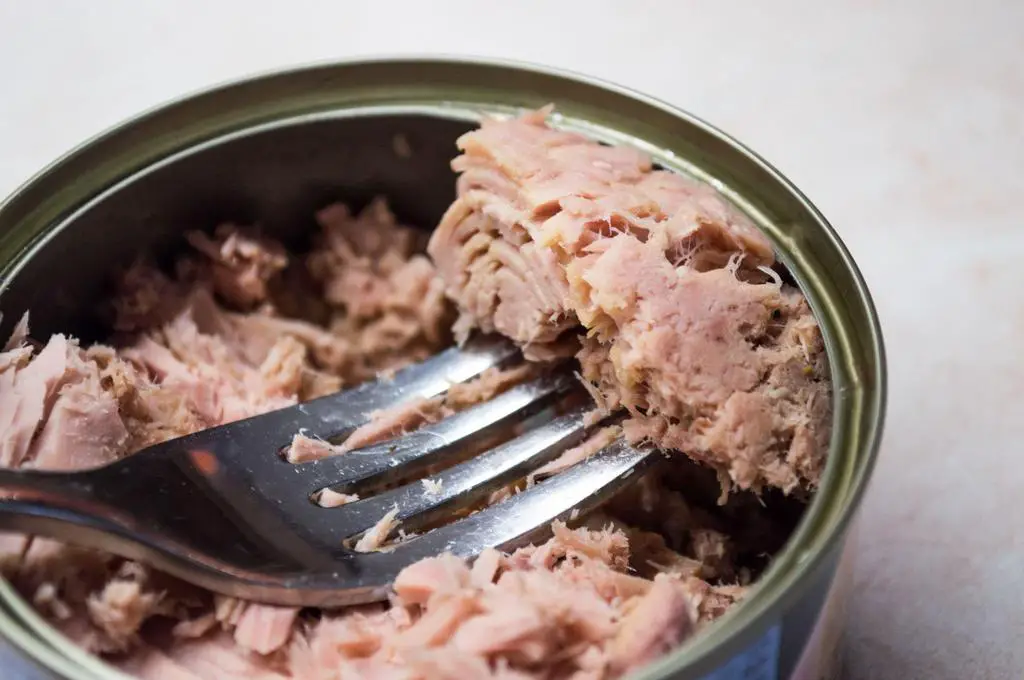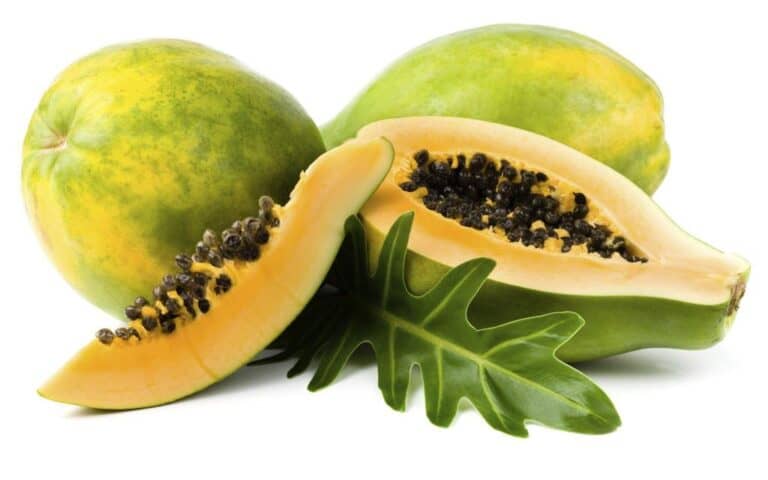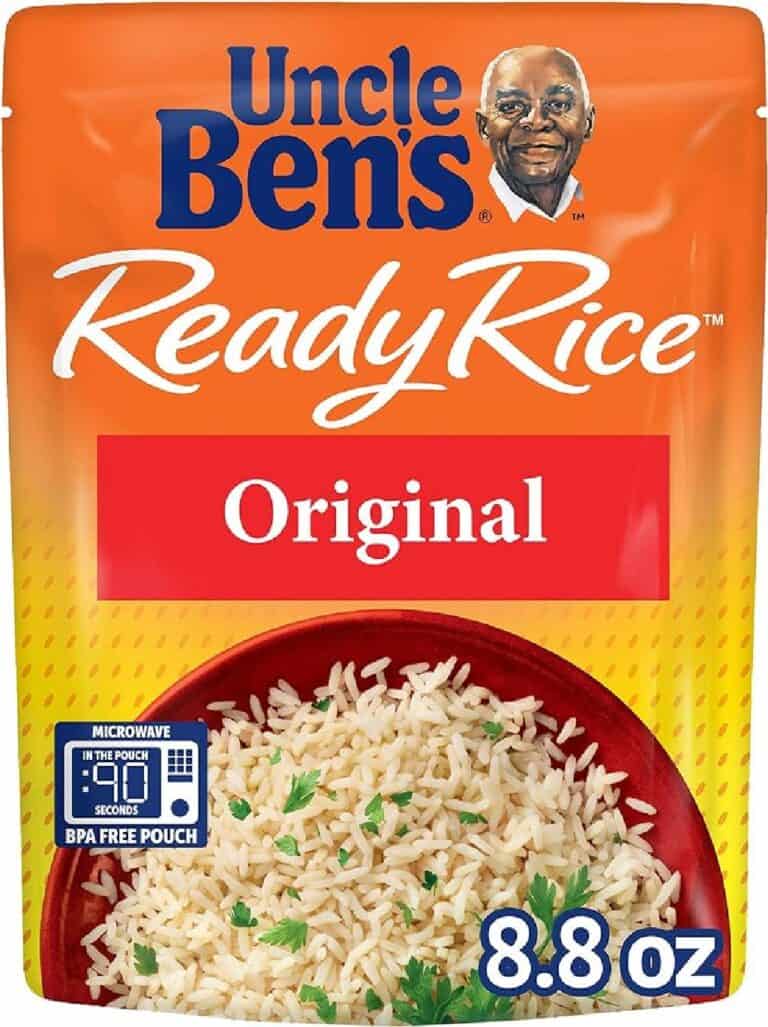Does Spam Have Nitrates? What’s Really Inside Your Spam Can

In the realm of canned meats, one name reigns supreme – Spam. It’s a pantry staple, a sizzling breakfast companion, and a lifesaver on busy weeknights when you need a quick, satisfying meal. But amid the iconic blue and yellow label lies a mystery that has sparked curiosity among Spam lovers and skeptics alike: Do those savory slices contain nitrates?
The allure of Spam is undeniable. It’s known for its salty, meaty goodness and its ability to be fried, grilled, or tossed into countless recipes. Yet, it’s also known for being processed meat, a category that has earned a dubious reputation in recent years.
So, what’s the story with nitrates? Are they hiding in your beloved Spam? Is there cause for concern, or are we fussing over nothing?
In this article, we’re lifting the lid off the Spam can, metaphorically speaking, to reveal the truth about its nitrate content. It’s time to unravel the mystery of what’s really inside your Spam can and discover whether it’s a culinary delight or a dietary dilemma.
Introduction
If you’re a fan of the iconic canned meat product known as “Spam,” you might have heard whispers about nitrates lurking in those tins. Spam has been a pantry staple for decades, beloved for its versatility and convenience. However, concerns about the health implications of nitrates in processed foods have led many to question what’s really inside that Spam can.
In this article, we’ll explore the nitrates in Spam, their purpose, and whether you should be concerned about their presence.
History of Spam: A Brief Overview

Originating in 1937, Spam quickly became a household name during World War II. This canned meat product was introduced as a cheap and easy source of protein for soldiers on the frontlines.
Spam was initially well-liked by the military, but it didn’t take long for it to spread beyond its military context and enter kitchens all over the world. As rationing continued after the war, people turned to Spam as a versatile ingredient that could be incorporated into a variety of dishes.
In the decades that followed, however, Spam’s reputation took an unexpected turn. It gradually evolved from a convenience food to something often seen as low-quality or undesirable. The word spam itself entered the common language thanks to Monty Python’s sketch featuring a chorus of singing Vikings chanting Spam! Spam! Spam!
Yet despite this negative association, there were others who affectionately referred to it as the meat you love. Over time, different cultures have adapted their own unique ways of preparing and consuming this polarizing product.
What Are Nitrates?
Before we delve into Spam, let’s understand what nitrates are. Nitrates are chemical compounds that contain nitrogen and oxygen. They are commonly found in nature, in soil, water, and various foods.
Our bodies also produce nitrates as part of the natural nitrogen cycle. Nitrates, however, have gained notoriety due to their use as food preservatives, which is where our concern with Spam comes into play.
Nitrates in Food Preservation
Nitrates are used in the food industry to preserve and enhance the color, texture, and flavor of various processed meats, including Spam. The most commonly used nitrate in this context is sodium nitrate. Its primary function is to inhibit the growth of bacteria, particularly Clostridium botulinum, which can produce harmful toxins in canned foods. So, in essence, nitrates are a crucial part of ensuring that Spam remains safe to eat.
Here’s a breakdown of the key reasons nitrates are used in processed meats:
- Microbial Control: Nitrates help prevent the growth of harmful bacteria that can cause foodborne illnesses.
- Color Retention: They maintain the appealing pinkish-red color of the meat, enhancing its visual appeal.
- Flavor Enhancement: Nitrates contribute to the distinctive taste of processed meats like Spam.
Related: Expired Spam or Past the Best by Date: Can You Eat It?
Nitrates vs. Nitrites
It’s worth noting that nitrates can be converted into nitrites in the body. Nitrites can then react with other compounds to form potentially harmful substances, such as nitrosamines, which have been linked to health concerns. To address this issue, many processed meat manufacturers, including Spam’s parent company, have switched to using sodium nitrite, a closely related compound, instead of sodium nitrate. This is done because sodium nitrite has a more direct antimicrobial effect, reducing the risk of nitrosamine formation.
The Ingredients of Spam: What’s Really Inside Your Spam Can
When you crack open a can of Spam, it’s not just the savory slices of meat that go into its making. A closer look at the label reveals a list of ingredients, each playing a unique role in shaping the taste and texture of this iconic canned meat.
At its core, Spam is a combination of ham, pork, salt, water, and modified potato starch. These ingredients are responsible for the meaty texture and salty flavor that Spam is known for.
Unraveling the Role of Nitrates in Processed Meats
Now, let’s address a common question that often arises: the presence of nitrates in Spam. While nitrates, specifically sodium nitrate, are used in many processed meats, Spam has shifted to using sodium nitrite in recent years.
These compounds serve as preservatives, ensuring that Spam remains safe to eat by inhibiting bacterial growth. Sodium nitrite also plays a crucial role in maintaining the appealing pinkish-red color of the meat and enhancing its flavor.
Analyzing the Various Additives and Preservatives in Spam
Beyond nitrates or nitrites, Spam contains a range of other additives and preservatives that contribute to its taste, texture, and shelf life. Some of these include sugar, sodium diacetate, and sodium erythorbate. These ingredients help balance the flavors, enhance the product’s stability, and improve its overall quality.
When you enjoy Spam, you’re savoring the culmination of these ingredients and the careful formulation that gives this canned meat its distinctive character.
Nitrates in Spam: The Truth
Now that we have some background on nitrates, let’s address the central question: Does Spam have nitrates? The answer is yes. Spam contains sodium nitrite, not sodium nitrate.
This sodium nitrite serves as a preservative, helping to prevent bacterial growth and maintain the qualities that make Spam a beloved product.
Here’s a simplified table that summarizes the nitrate/nitrite content in Spam:
| Ingredient | Purpose |
| Sodium Nitrite | Preservation, Color, Flavor |
| Sodium Nitrate (No) | – |
Please note that the presence of sodium nitrite is common in various processed meats, not just Spam. So, if you enjoy hot dogs, bacon, or other canned meats, you’re likely consuming sodium nitrite as well.
The Nitrate Debate: Is It Harmful?
The use of sodium nitrite in processed meats like Spam has stirred a debate about its potential health risks. Some concerns include:
- Nitrosamine Formation: Nitrites can react with amines in the stomach to form nitrosamines, which are potential carcinogens.
- Processed Meat and Health: High consumption of processed meats has been associated with an increased risk of certain health conditions, including heart disease and cancer.
However, it’s important to understand that the risks associated with sodium nitrite are primarily linked to excessive consumption. Consuming Spam or other processed meats in moderation is generally considered safe. Moreover, regulatory agencies, like the U.S. Food and Drug Administration (FDA) and the World Health Organization (WHO), have established guidelines and limits on the use of sodium nitrite in food products to minimize potential risks.
The ongoing controversy surrounding nitrates further illustrates the complexity of food industry practices and consumer choices. It serves as a reminder for individuals to stay informed about what they consume while keeping an open mind towards emerging research regarding the pros and cons associated with various ingredients used in food production. Understanding both sides of this debate empowers consumers to make well-informed decisions based on their own values and health priorities.
Other Ingredients to Watch Out For
In addition to nitrates, there are several other ingredients lurking in those iconic Spam cans that you should watch out for. One particularly concerning ingredient is sodium nitrite, a compound used as a preservative to prevent the growth of bacteria in processed meats. While it may seem harmless, studies have linked excessive consumption of sodium nitrite with an increased risk of certain cancers, including colorectal cancer.
Another common additive found in Spam is monosodium glutamate (MSG). This flavor enhancer has long been a controversial ingredient due to reports of adverse reactions in some individuals. Symptoms such as headaches, flushing, and sweating have been reported after consuming foods containing MSG.
While the FDA considers MSG safe for consumption when used in normal amounts, it’s always important to be aware of its presence and watch out for any potential sensitivities or allergies you may have.
Additionally, high fructose corn syrup (HFCS) can often be found listed on the label of canned meat products like Spam. HFCS has become notorious for its association with health issues such as obesity and type 2 diabetes. Its widespread use as a sweetener in many processed foods raises concerns about its impact on overall health when consumed regularly.
By being vigilant about reading food labels and understanding the potential risks associated with certain ingredients like sodium nitrite, MSG, and HFCS, you can make more informed choices about what goes into your body. Remember that moderation and diversity are key when it comes to maintaining a healthy diet – so while indulging in
Should You Be Concerned?
Whether you should be concerned about the nitrates or nitrites in Spam depends on your overall diet and lifestyle. Here are some key takeaways to consider:
- Moderation is Key: Enjoying Spam occasionally is unlikely to pose significant health risks.
- Diverse Diet: A well-balanced diet that includes a variety of foods reduces any potential risks associated with processed meats.
- Health Conditions: If you have specific health concerns, such as hypertension or a predisposition to certain types of cancer, consult with a healthcare professional regarding your dietary choices.
Conclusion
In summary, Spam does contain sodium nitrite, a common preservative used in processed meats to ensure their safety and quality. While there are concerns about the potential health risks of nitrites, these risks are generally associated with excessive consumption.
If you savor your occasional Spam sandwich or incorporate it into a balanced diet, you’re unlikely to encounter significant health issues. As with any food product, moderation and variety are key to maintaining a healthy lifestyle.
Remember that the presence of sodium nitrite in Spam is part of what has allowed this iconic canned meat to have such a long shelf life and remain a favorite among many. So, if you’ve been wondering about the nitrates in Spam, you can now enjoy your favorite canned meat with a little more insight into what’s really inside that Spam can.
FAQs on Sodium Nitrate and Preservatives in Spam
Is Spam healthy to eat?
Spam is high in sodium and fat, making it a less healthy option. While it provides some protein, it lacks essential nutrients and may contribute to health issues when consumed in excess. Moderation is key when including Spam in your diet.
What are the alternatives to Spam?
Consider lean protein options such as turkey, chicken, or plant-based substitutes like tofu or tempeh. Canned fish like tuna or salmon also provide a nutrient-rich alternative to Spam.
How long does Spam last in a can?
Canned Spam typically has a long shelf life, often lasting for 2-5 years if stored properly in a cool, dry place. It’s crucial to check the expiration date and follow storage guidelines to ensure its safety for consumption.
How is Spam made?
Spam is made from a blend of chopped pork shoulder meat, ham, salt, water, modified potato starch, sugar, and sodium nitrite. The mixture is ground into a paste, shaped, cooked, and canned under high pressure to ensure preservation.
What are the potential health risks associated with nitrates in food?
Nitrates can form nitrosamines, which are potentially carcinogenic. High nitrate intake, especially from processed meats like Spam, has been linked to an increased risk of certain cancers and other health issues. Moderation and varied dietary choices are recommended.
Can I eat Spam without cooking it?
While Spam is fully cooked during the canning process, it is advisable to heat it thoroughly before consumption to enhance flavor and ensure food safety. Cooking also helps reduce the risk of potential bacterial contamination.
Are there any dietary recommendations for limiting the intake of processed meats like Spam?
Health authorities recommend limiting the consumption of processed meats due to their high sodium, fat, and preservative content. Consider incorporating more whole foods like fruits, vegetables, and lean proteins into your diet for better overall health.






